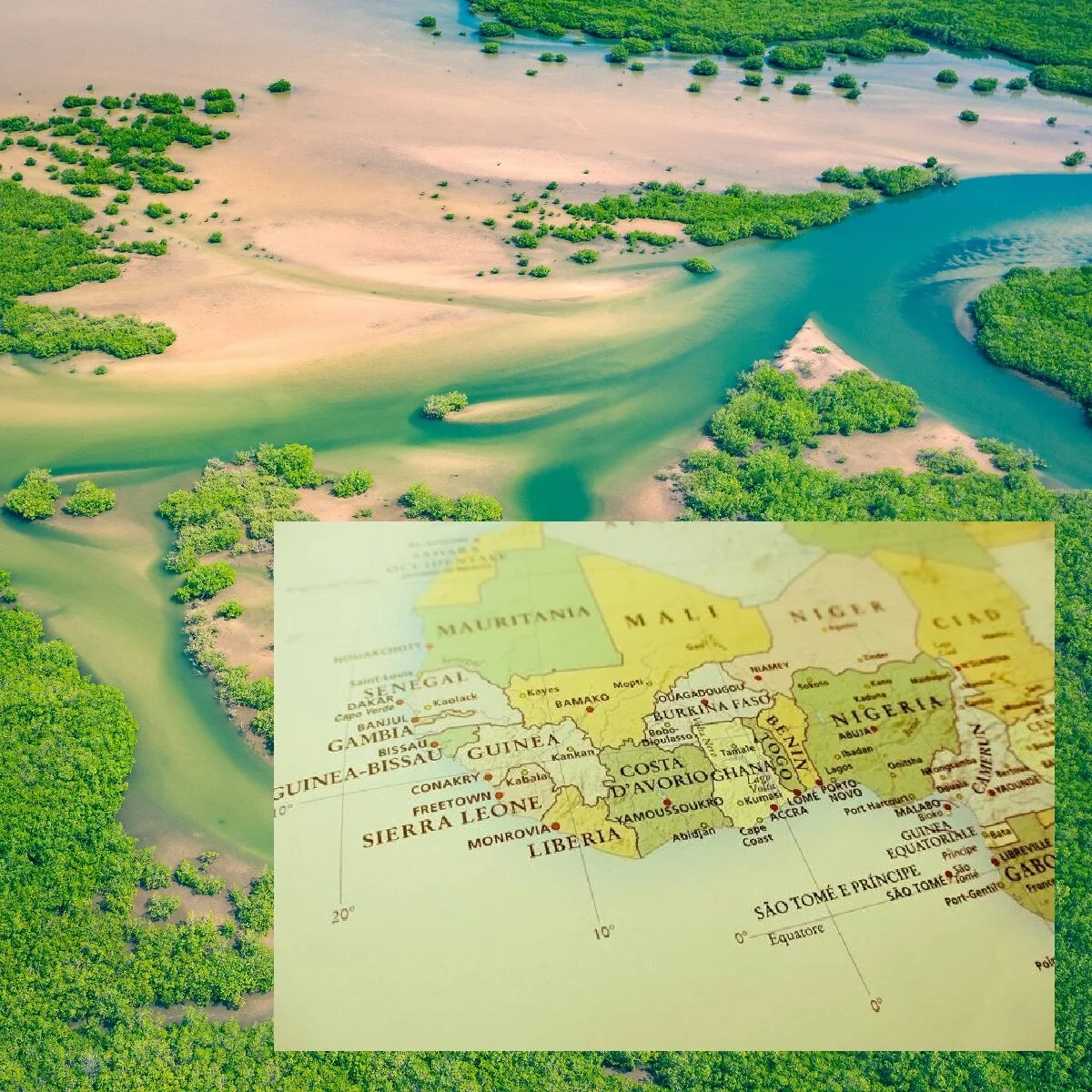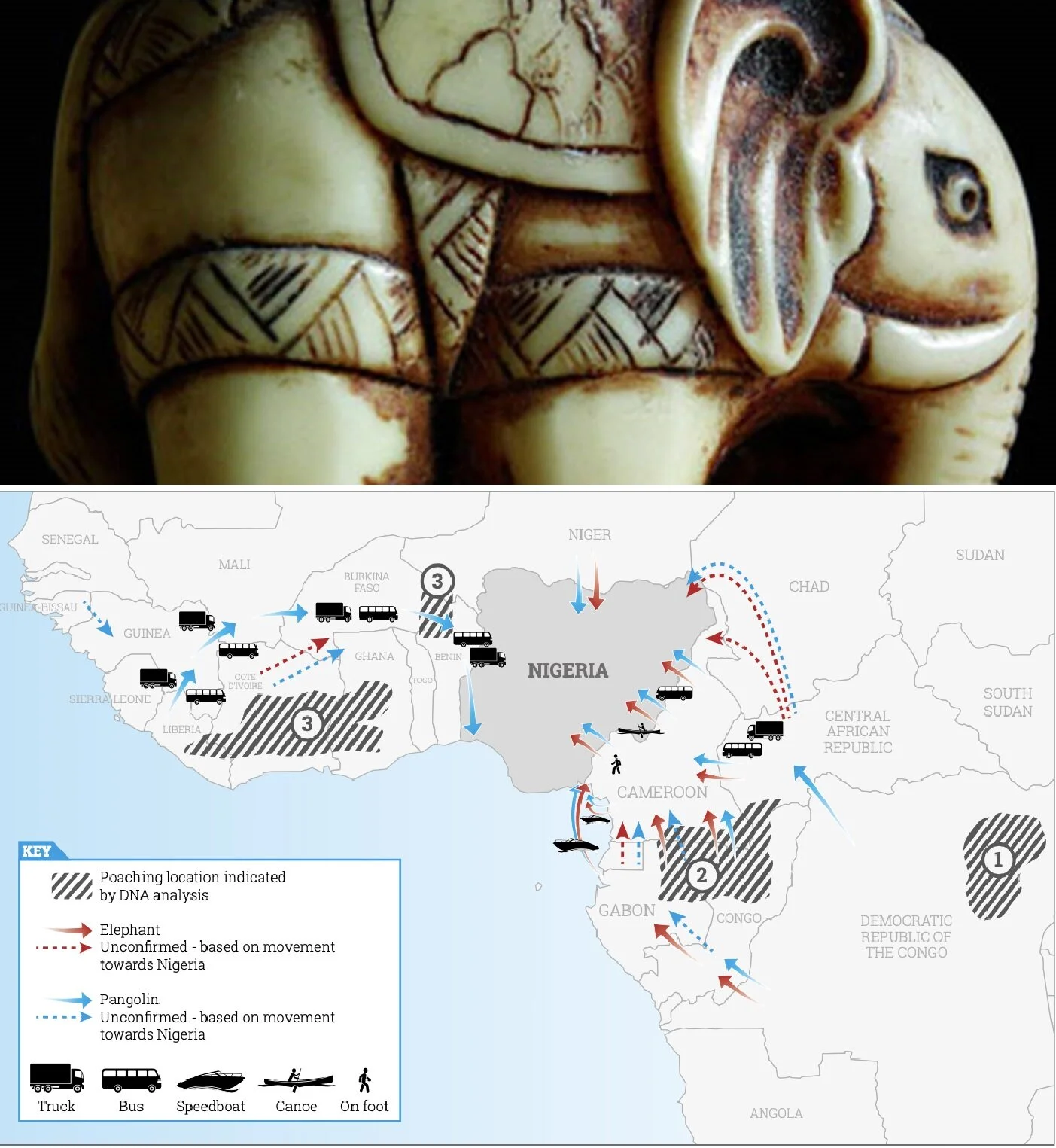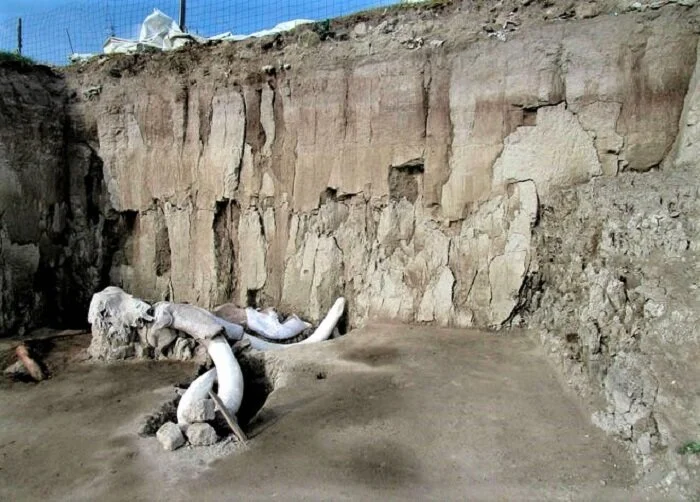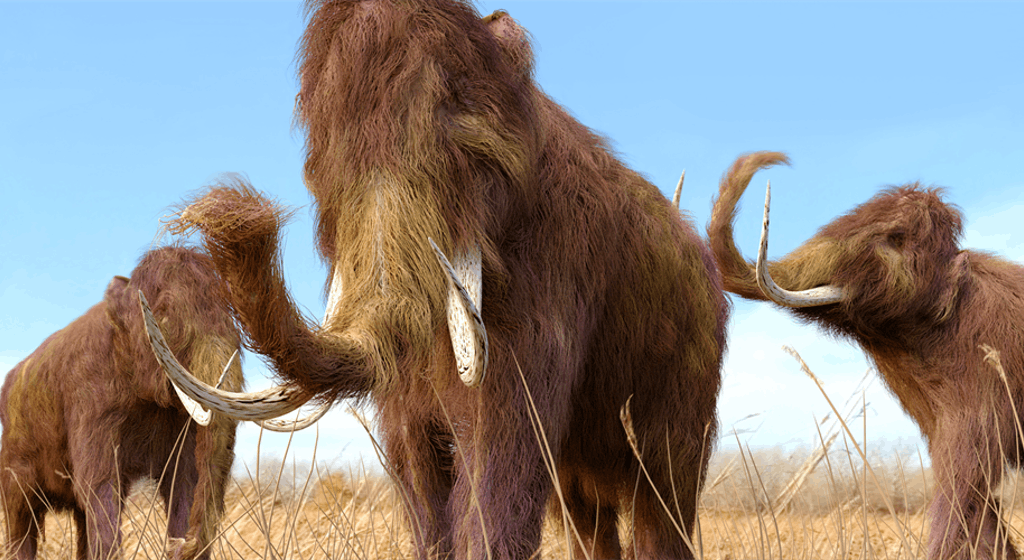Researchers Reveal Extinction of St Paul Island Woolly Mammoths
/The majority of woolly mammoths have been extinct for a minimum of 10,000-100,000 years. But new research about woolly mammoths living on a remote island off the coast of Alaska are the subject of a scientific investigation by Prof Russell Graham, from Pennsylvania State University. Graham has focused on a group of woolly mammoths that lived on St Paul Island, located in the Bering Sea, for another 4,500 years.
Scientists have long believed that the woolly mammoths became extinct due to human hunting and environmental connections. It's hoped that some of the research conclusions will have applications to human and animal populations living in areas impacted by climate change.
As the Earth warmed up after the Ice Age, sea levels rose, much as they are today across the globe. Prof Graham believes that as ocean salt water levels rose, available land mass on St Paul Island was reduced, along with necessary for survival freshwater watering holes.
With the animals congregating closer and closer together, they destroyed vegetation, much like today's modern elephants. Sediments drained into lakes, filling them up with less water. In this very real sense, the woolly mammoths were contributing to their own demise.
Today's elephants consume between 70 and 200 litres of water daily, Prof Graham explained. With shrinking sources of freshwater, the extinction could have happened rapidly. Not only did the island-bound animals have nowhere to go but they have evolved hair types suitable for cold, tundra climates that were now warming, causing the woolly mammoths to require more water.
The study, the work of a large international team, uses analysis of a sediment core taken in March 2013 from the bed of Lake Hill, one of St. Paul's few lakes. The analysis of magnetic qualities, oxygen isotopes and assemblages of the remains of tiny aquatic creatures that lived there showed how freshwater became scarce between 7,850 and 5,600 years ago. It also uses isotope analysis of mammoth bones and teeth that showed the animals were showing stress from progressively drier conditions.
Commenting on the study, Love Dalen, professor in evolutionary genetics at the Swedish Museum of Natural History, said: "With this paper, the St Paul Island mammoth population likely represents the most well-described and best understood prehistoric extinction events.
"In a broader perspective, this study highlights that small populations are very sensitive to changes in the environment."
GlamTribal Jewelry & Gifts carries an extensive collection of handcrafted in Philadelphia, tribal-inspired jewelry using woolly mammoth bone beads, mixed with our featherweight polymer clay and decoupage beads.





























